What is Critical Limb Ischemia?
Critical limb ischemia (CLI) is a severe form of peripheral arterial disease (PAD) that specifically affects the legs and feet. This condition is characterized by a significant reduction in blood flow to the lower extremities, leading to inadequate oxygen and nutrient supply to the tissues. Patients who have critical limb ischemia typically suffer from diabetes or other risk factors that contribute to the narrowing or blockage of arteries in the lower extremities. Oftentimes patients with critical limb ischemia will present with wounds on the feet or toes that are slow to heal. It is crucial to see a specialist at StrideCare to prevent complications such as amputation and improve overall limb well-being.
What is Critical Limb Ischemia?
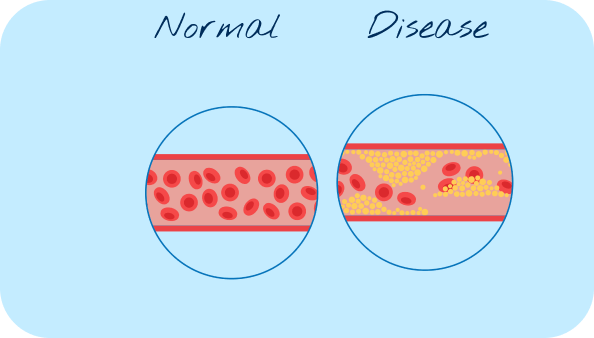

What Causes Critical Limb Ischemia?

What Causes Critical Limb Ischemia?
Critical limb ischemia (CLI) in the legs is primarily caused by atherosclerosis, a condition characterized by the buildup of plaque in the arteries. Arterial plaque leads to the narrowing or blockage of blood vessels that supply the lower extremities. This reduced blood flow deprives the legs of essential oxygen and nutrients, resulting in severe ischemia. Other contributing factors include diabetes, smoking, hypertension, obesity, sedentary lifestyle, and age.
What are the Symptoms of Critical Limb Ischemia?

Burning

Weak or no pulse in your legs or feet
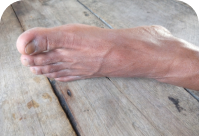
Feet that appear smooth, shiny, hairless, or very dry

Numbness in your legs, feet, or hands
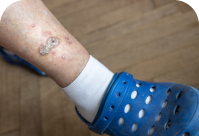
Slow-healing sores on your feet or legs
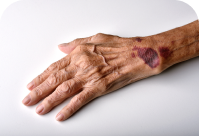
Skin discoloration or discharge from gangrene
What Treatments are Available for Critical Limb Ischemia?
There are Many Treatments Available for
Critical Limb Ischemia Available at StrideCare Including:

Diagnostic Arterial Ultrasound
A non-invasive test that uses ultrasound technology to get a full view of the arteries.
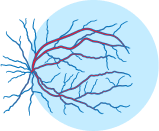
Angiography
Introduce a contrast dye into your arteries that allows your blood vessels to be seen on an x-ray.
StrideCare
Patient Reviews



4.89 Average Online Review Score












StrideCare Leverages athenaOne to Enhance Financial and Operational Results, Improve Clinical Workflows
2 Min ReadCASE STUDY: Transitioning all practices onto one united system gives StrideCare invaluable access to data

When are Varicose Veins More than Just a Cosmetic Concern?
2 Min ReadLearn about varicose veins, prevention tips, and treatment options from StrideCare’s vein specialists in Texas.
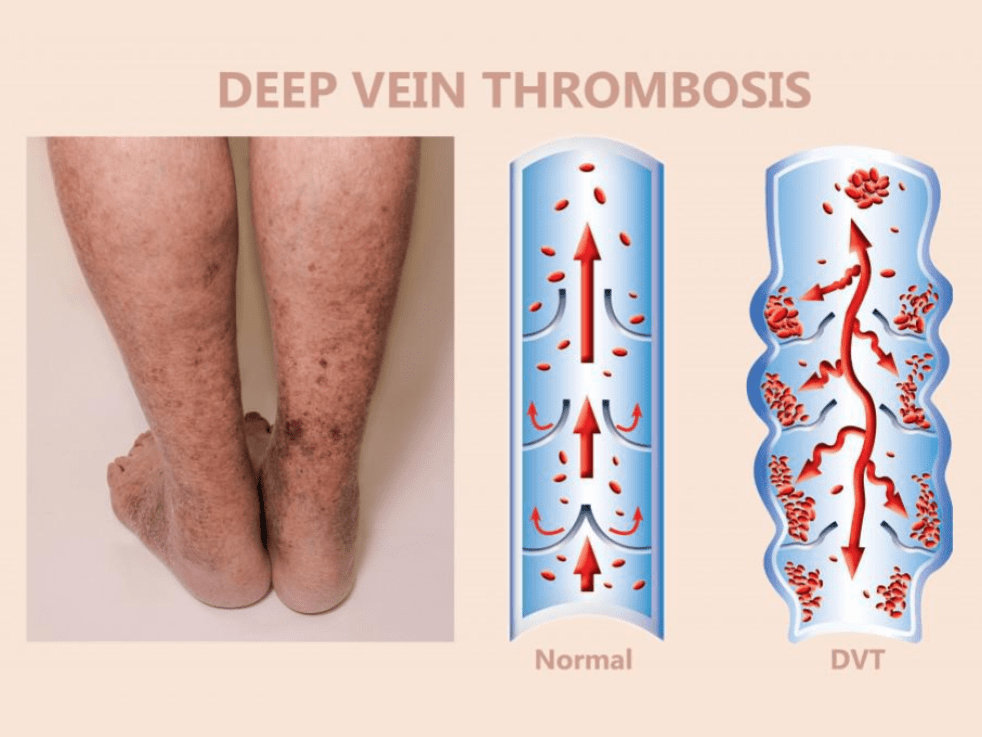
Puffy Legs are One of the First Signs of Deep Vein Thrombosis
3 Min ReadLearn the symptoms of deep vein thrombosis (DVT) and seek immediate evaluation at StrideCare for expert care and treatment.



